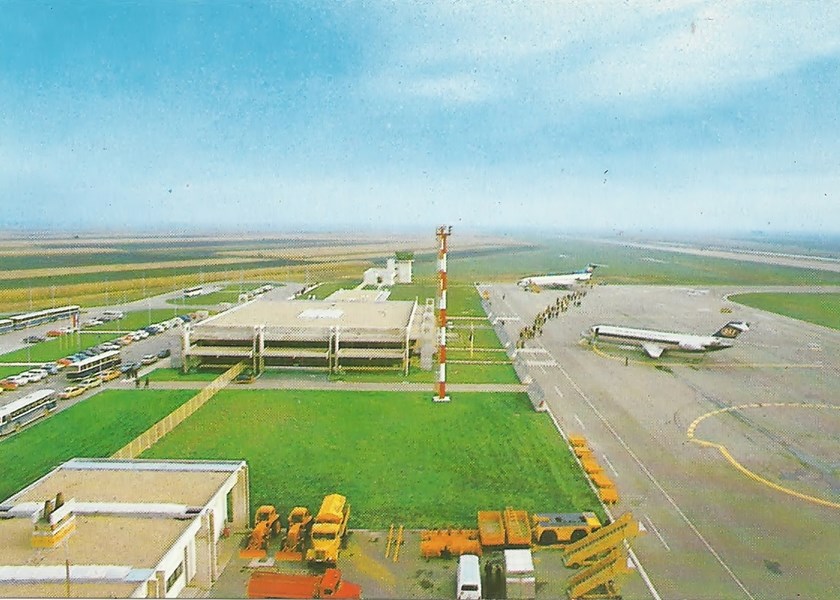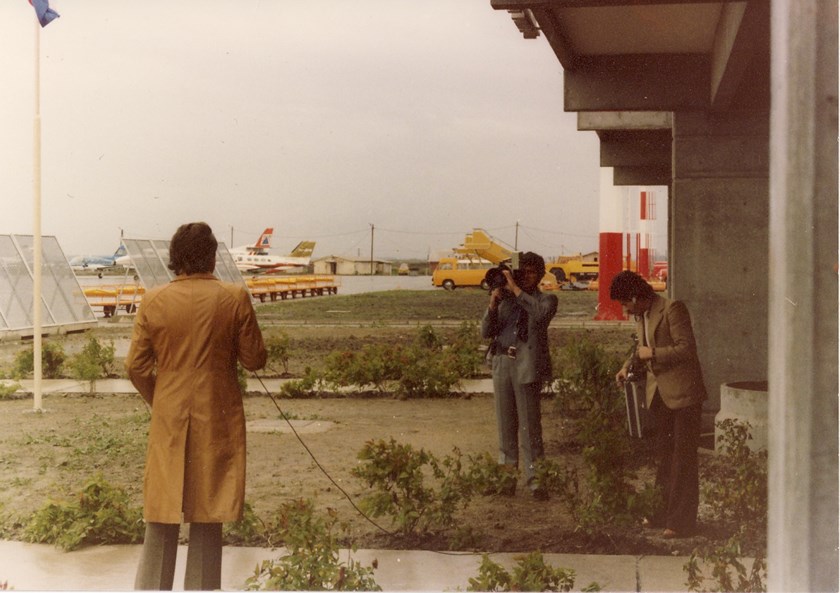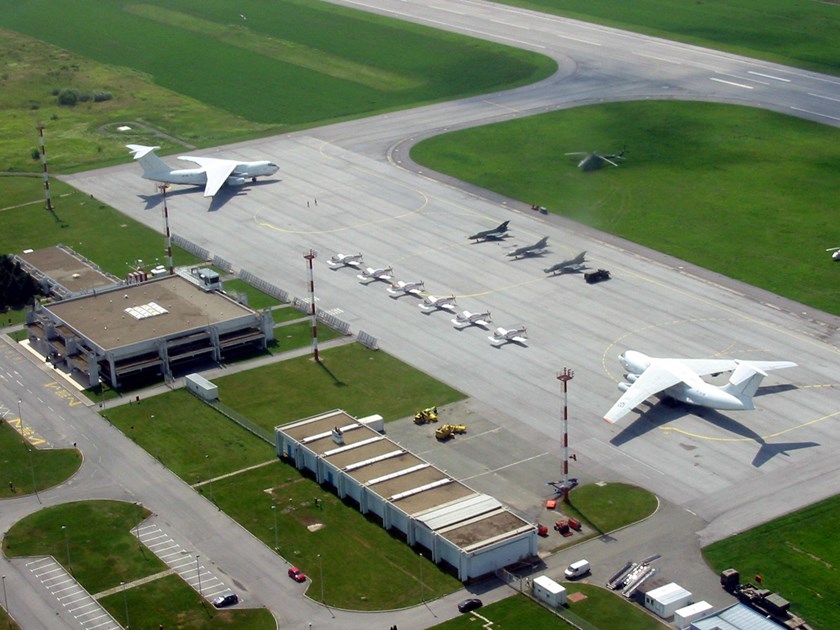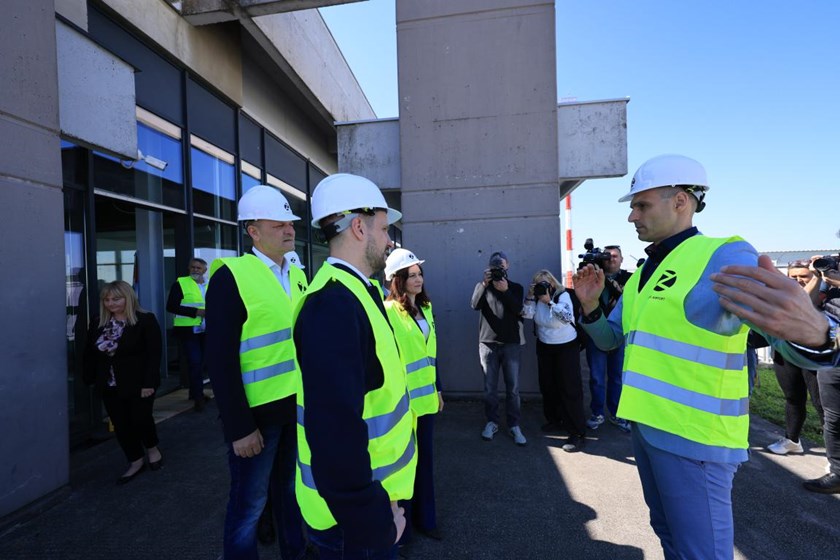Celebrating four decades of growth and development, Osijek Airport marks a milestone in its journey.

Osijek Airport recently celebrated its 45th anniversary, commemorating a journey that began with a modest DC-9 flight connecting Osijek and Zagreb on June 2, 1980. Over the years, the airport has navigated through challenging times, including war and reconstruction, to emerge as a pivotal infrastructure hub in Eastern Croatia.

Blanka Strahonja, who led the airport from 1996 to 2015, reflected on the transformation: "It was a difficult and challenging time. We started practically from scratch, with destroyed buildings, an improvised terminal, and no resources. Today, when I see this new project and look at how the airport is evolving into what we once dreamed of, my heart is full. I congratulate all current and former employees who have built this airport over the years."

Mayor Ivan Radić emphasized the airport's role in connecting Osijek to Europe and the world: "When I took office in 2021, we didn't have a single international flight. Today, we fly to Munich and London, and our goal is even more."
Nataša Tramišak, the Osijek-Baranja County Prefect, highlighted the strategic importance of the airport: "Osijek Airport is a strategic project for the entire region. It is important not only for the mobility of citizens and entrepreneurs but also for investors considering this area. Connectivity with Europe and the world is a prerequisite for strong development."
Tihomir Pejin, Director of Osijek Airport, discussed ongoing infrastructure projects: "Infrastructure is fundamental, but we are equally focused on opening new routes, promotion, better visibility, and developing cargo traffic. Our goal is to connect Slavonia and Baranja with as many European centers as possible."
Currently, the airport is undergoing its most significant infrastructure project in decades—the reconstruction and expansion of the passenger terminal. This development will double its capacity to 400,000 passengers annually and enable the separation of Schengen and non-Schengen flows.





